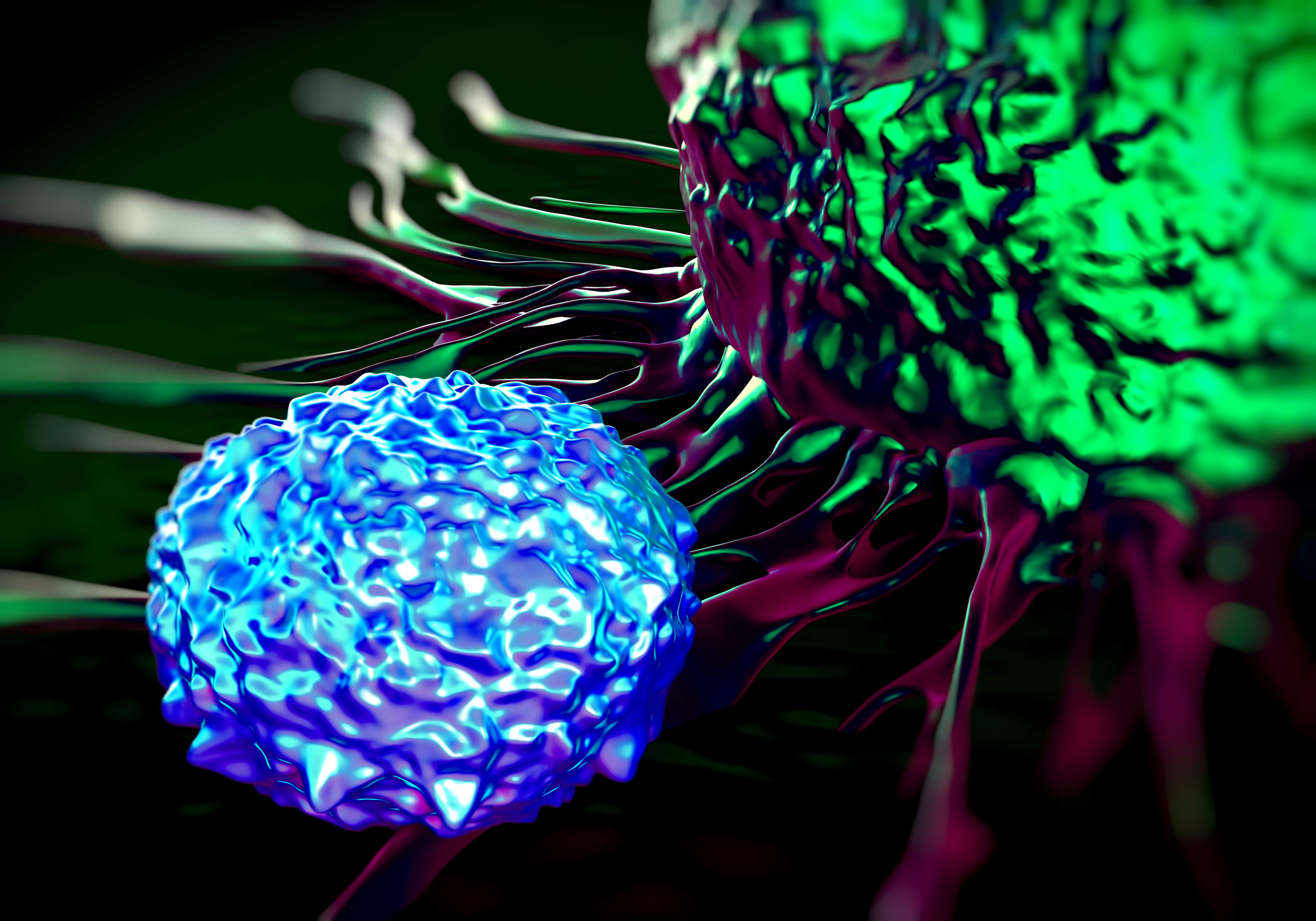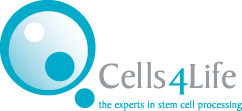SCID and Stem Cells
Severe combined immunodeficiency (SCID) is a rare, life-threatening, genetic condition seen in children causing a deficiency of B cells and T cells. B cells and T cells are two types of important cell in the immune system needed to fight infection, when a person is severely deficient in these cells they are extremely vulnerable to infection. In the case of people with SCID they are so vulnerable to infection that they can even become ill from live vaccines and need to be in a completely sterile environment, so sterile they cannot shake hands or hug people for fear of infection. These infections can range from persistent nappy rash, to recurrent ear infections, and even meningitis. Fighting these recurrent infections can mean children with Severe combined immunodeficiency fail to grow or thrive.[1]
The most common form of SCID is referred to as X-linked Severe combined immunodeficiency, this is because its recessive inheritance pattern is linked to a gene on the X chromosome.[2]
Severe Combined Immunodeficiency Facts
- It occurs in 1 in 200,000 and 1 in 1,000,000 live births[3]
- There are 38 clinical trials investigating the application of stem cells for treatment[4]
- There are 15 clinical trials investigating the application of cord blood for treatment[5]
- The most common form of of the condition affects boys more than girls [2]
Severe Combined Immunodeficiency and Stem Cells
Severe combined immunodeficiency can be treated with an allogeneic stem cell transplant, a type of transplant which uses stem cells from a donor. Once transplanted the donor cells should rebuild the immune system of the child with SCID.
While not always necessary, some patients will undergo chemotherapy before undergoing a stem cell transplant for SCID. Chemotherapy will destroy the cells in the bone marrow responsible for creating the immune system, this will stop the child’s immune system attacking the donor cells. Donor stem cells from a family member are preferred to increase the chances of the transplant being successful, particularly those from a sibling.[6]
Engraftment is the process whereby the transplanted cells begin to produce new cells in the body. Despite successful T-cell engraftment, up to 58% of patients require immunoglobulin therapy after receiving haploidentical transplants and B-cell function is often not achieved. However, a review of 19 children with SCID who received cord blood stem cells found that 80% had sufficient B-cell reconstitution that they did not require immunoglobulin therapy.[7]
References
- http://study.com/academy/lesson/severe-combined-immunodeficiency-causes-symptoms-treatment.html
- http://learn.genetics.utah.edu/content/disorders/singlegene/
- https://medlineplus.gov/genetics/condition/adenosine-deaminase-deficiency/#frequency
- https://clinicaltrials.gov/ct2/results?term=scid+stem+cell&Search=Search
- https://clinicaltrials.gov/ct2/results?term=scid+cord+blood&Search=Search
- http://kidshealth.org/parent/medical/allergies/severe_immunodeficiency.html#
- http://www.ncbi.nlm.nih.gov/pubmed/22510776
- The Journal of allergy and clinical immunology, 143(3), 852–863. https://doi.org/10.1016/j.jaci.2018.08.024
- The Journal of clinical investigation, 127(5), 1689–1699. https://doi.org/10.1172/JCI90367
The information contained in this article is for information purposes only and is not intended to replace the advice of a medical expert. If you have any concerns about your health we urge you to discuss them with your doctor.



